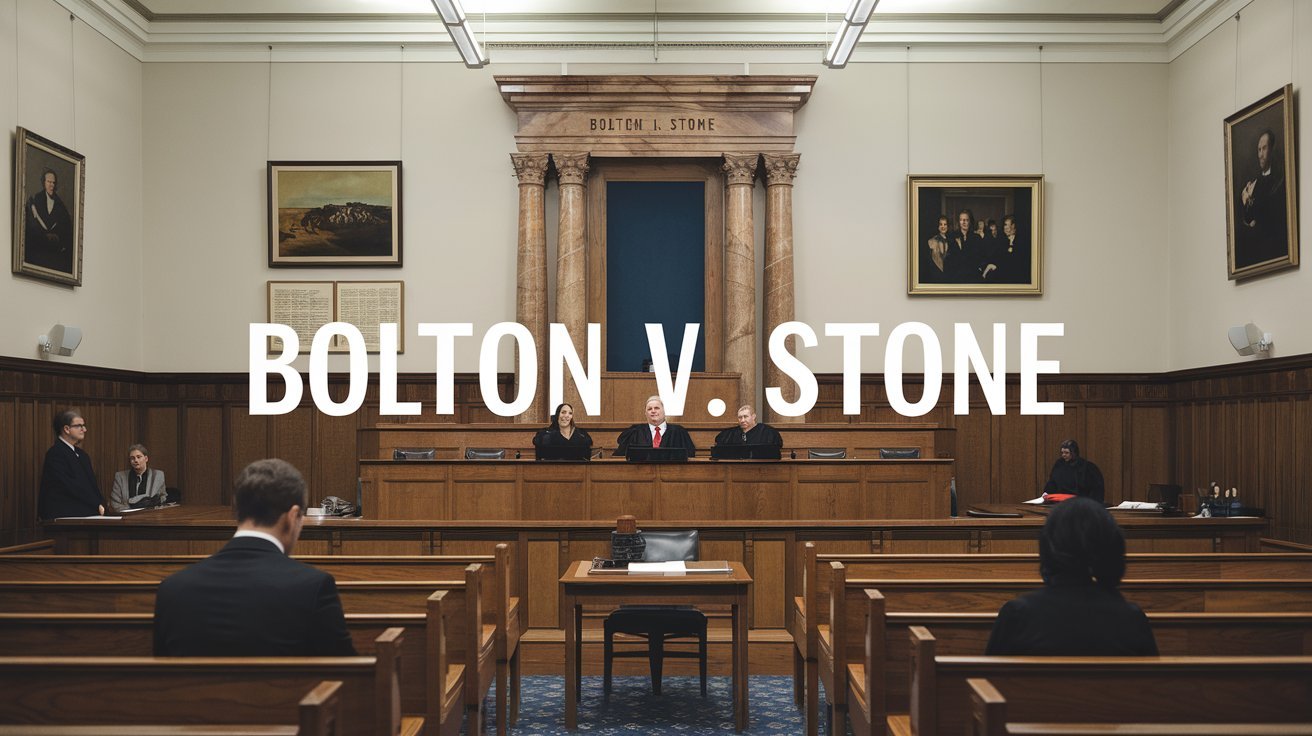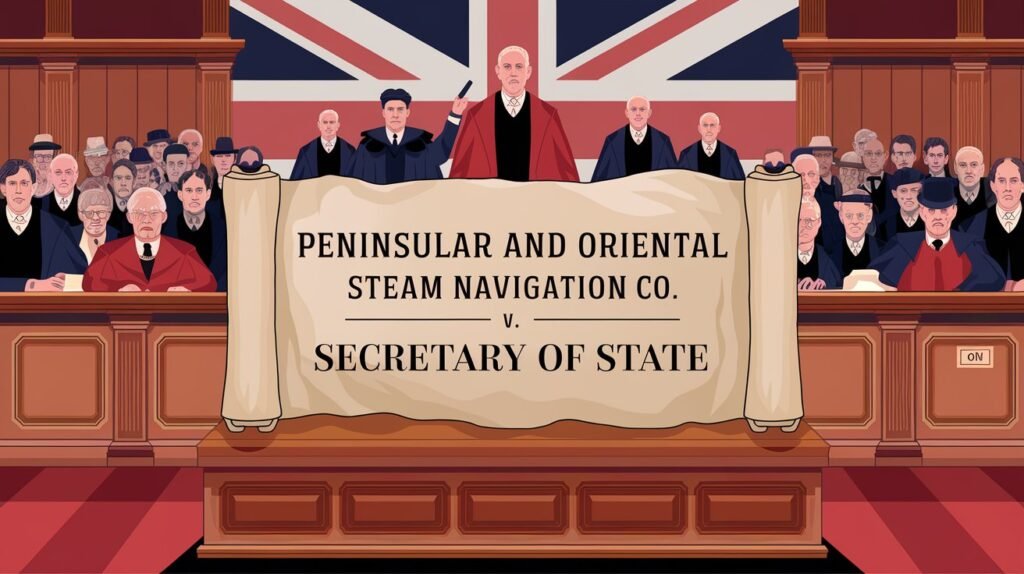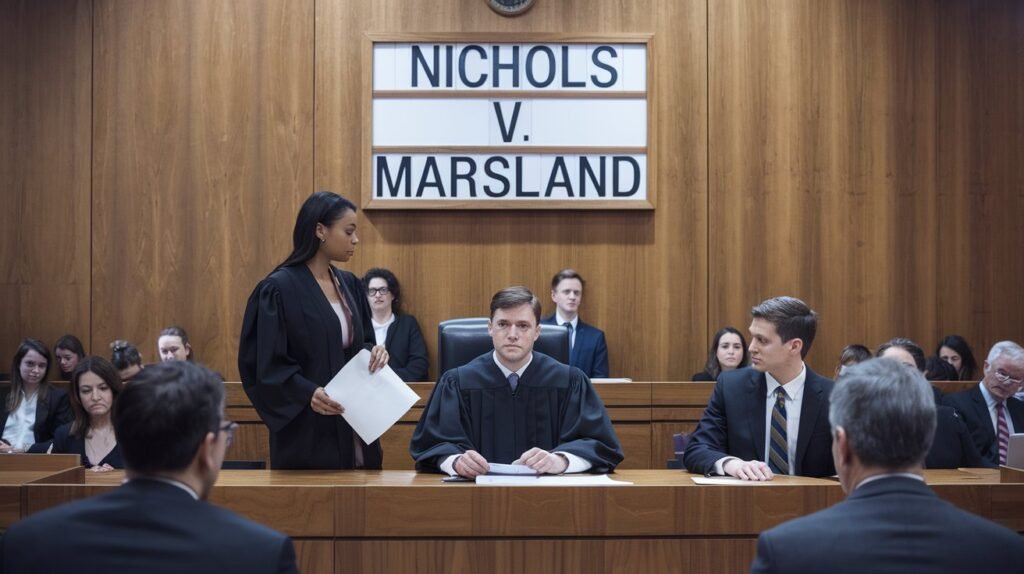Bolton V. Stone 1951 (Case Summary)

This case is a landmark decision in tort law that clarified the principles of negligence, particularly the standard of care and the balance between foreseeability of harm and the practicality of precautions.
Table of Contents
ToggleFacts of Bolton v Stone
- The plaintiff, Miss Stone, was standing on a public road outside her home when she was struck by a cricket ball hit from a nearby cricket ground.
- The cricket club had erected a protective fence around the ground, and the boundary was a considerable distance from the wicket.
- Evidence showed that cricket balls had rarely been hit over the fence, with only six instances in thirty years.
- Miss Stone sued the cricket club, alleging negligence for failing to prevent the ball from leaving the ground.
Issues framed
- Whether the injury to Miss Stone a reasonably foreseeable consequence of the cricket club’s actions?
- Whether the cricket club fails to meet the standard of care required to prevent such an injury and liable for the damages?
Judgment of Bolton v Stone
The court applied principles of negligence, focusing on duty of care, standard of care, and foreseeability of harm.
The court held that the risk of harm was so slight and infrequent that a reasonable person would not have taken additional precautions. It emphasized that negligence requires not only foreseeability but also that the risk was significant enough to warrant precautions. The cricket club had already taken reasonable measures by erecting a protective fence, and the likelihood of such an accident was deemed extremely low.
The House of Lords ruled in favor of the cricket club, dismissing the claim of negligence. Lord Porter stated, “An ordinarily careful man does not take precautions against every foreseeable risk, but only against those that are reasonably likely to happen.”



